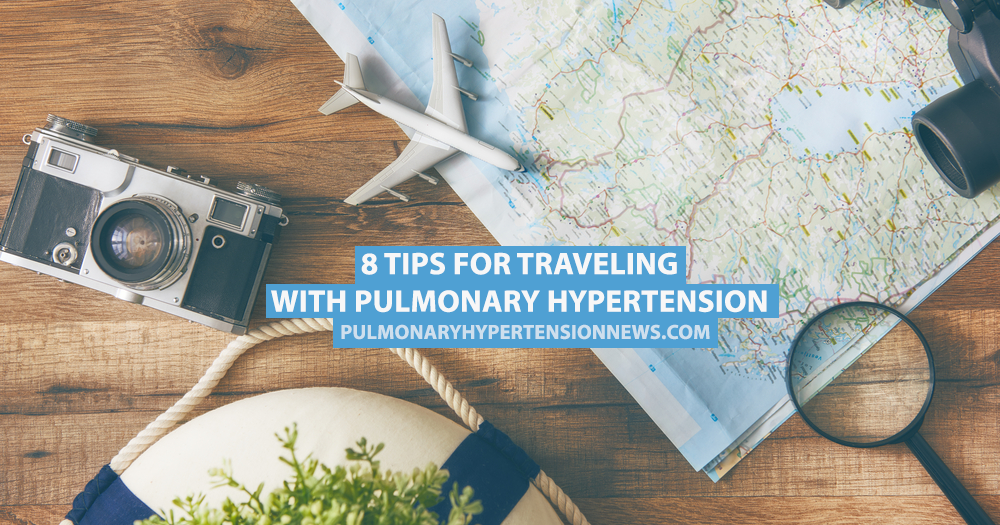8 Tips for Traveling With Pulmonary Hypertension

Just because you have pulmonary hypertension (PH) doesn’t mean you have to stay home and forgo vacations and trips. However, traveling with PH means you have to do some extra planning before you go. To help you out, we’ve put together a list of tips for travelers based on information from the Pulmonary Hypertension Association.
1. If you require oxygen, you’ll need to contact your travel carrier to inform them you will be bringing a portable oxygen supply onboard. Some airlines may provide portable oxygen concentrators so it’s worth asking in advance. If not, you’ll need to rent or buy one. Inform the company of your needs before you purchase your ticket so you know that everything will be OK and contact them again a couple of weeks before you travel to make arrangements. You will need a medical certificate from your doctor to prove you need to carry a portable oxygen concentrator.
Understand more about the basic pathology of pulmonary hypertension.
2. Airlines are not required to supply electricity to run your oxygen machine so you will need enough batteries to cover your journey and some extra in case of travel delays. Other forms of transport such as trains and ships may allow you to use their electrical supply but check beforehand.
3. Ensure you have a supply of oxygen ready and waiting for you at your destination.
4. Even if you don’t require oxygen at home, if you’re flying or traveling to high altitudes you may need oxygen. Speak to your healthcare team before you travel.
Discover seven facts about pulmonary hypertension you may find interesting.
5. Deep vein thrombosis is a risk for anyone who flies, but it is even more perilous for those with pulmonary hypertension. Try to get up and move around the cabin every couple of hours and wear compression stockings if you are on a longer flight. Seated leg exercises can be performed during the flight to help prevent leg swelling and blood clots.
If you’re traveling by car, regular stops where you can get out of the car and walk around are recommended every two to three hours.
6. Take extra medications. Travel delays are common so you’ll need enough medication to cover any unforeseen circumstances. Take a note of all the medications in case you lose any and need to get more at your destination. It’s also a good idea to keep all your medications in your hand luggage, as they’re less likely to get lost in transit. You will need to check that there aren’t any laws prohibiting you from taking your medications to your destination and if you’ll require a doctor’s letter.
7. Enquire about traveler assistance such as wheelchairs, early boarding, and handicapped access.
Read more about some treatment options available for pulmonary hypertension.
8. Watch your salt intake. Inform wait staff in restaurants that you would like your food cooked without salt. Arrange with your travel carrier to have your meals prepared without salt. Speak to a nutritionist about how best to avoid excess salt in your diet when traveling overseas.
Pulmonary Hypertension News is strictly a news and information website about the disease. It does not provide medical advice, diagnosis or treatment. This content is not intended to be a substitute for professional medical advice, diagnosis, or treatment. Always seek the advice of your physician or other qualified health provider with any questions you may have regarding a medical condition. Never disregard professional medical advice or delay in seeking it because of something you have read on this website.







